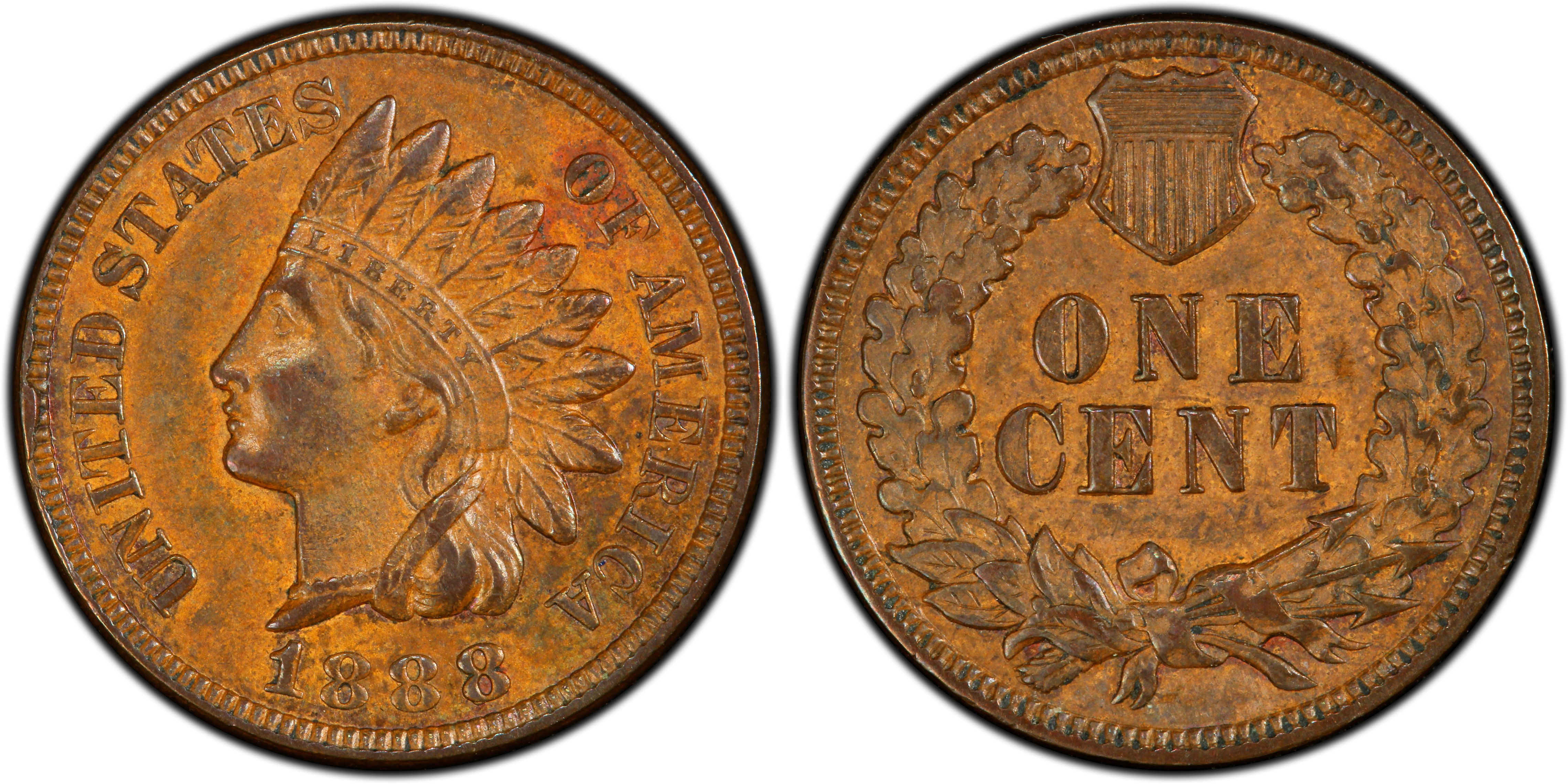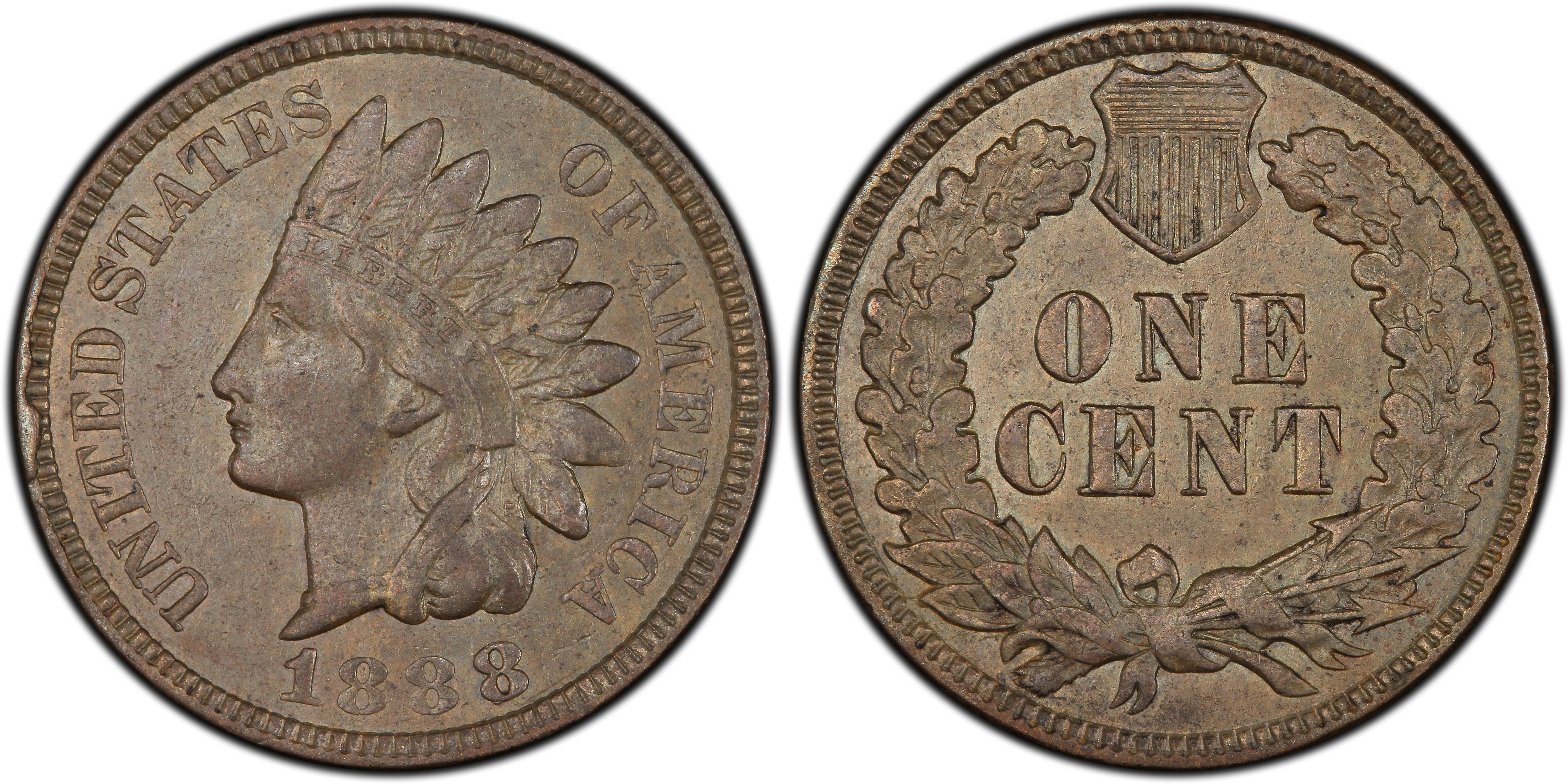lbinc
Jr. Member
- Dec 28, 2013
- 30
- 6
"Removing the build up" and "applying some good coin oil" to a coin you suspect could be worth thousands?


First off lets have a look at two real 1888/7....
Image attachments removed to save space.
Yours is lacking the bump below the 8 and also the cud at 9 O'clock im gonna have to say yours shows no evidence of the overdate.
coinguy*matthew,
Do you know if all known specimens of the Overdate which can be linked/attributed to one Obverse Die were struck with the same mated Reverse Die? I ask because the O.P. asked me this and if all nown specimens were struck with the same two mated Dies, then this absolutely rules out that the O.P.'s coin is an 1888/7 Overdate. I just don't have the references to answer this question. Also, the question also came up as to why many or possibly all of the known Variety specimens and even many of the non-Variety specimens have the Reverse details (i.e. Wreath and Shield) closer to the denticles (** see below) and in some cases, the Shield appears welded to the denticles while on many other non-Variety specimens, this is not the case. I have studied and studied this and can come up with only one explanation. This must be a case of thicker planchet stock for some strikings and thinner planchet stock for others. Since the Collar is set in place and is always the exact same diameter with every striking to form the rim, this could not be the cause (i.e. an undersized Collar). The settings for transferring the images (details, lettering and denticles) from the Galvano to the Master Dies are exactly the same for each Master Die produced, so this can't be an issue of a wrong adjustment which would result in larger than normal details, lettering and denticles. To surmise what I believe happened, is that most or all of the known Variety specimens and many non-Variety specimens were minted with thicker Planchet Stock. That when the coins were minted, the pressure exhibited on the Planchet during the striking process, pressed the metal of the Planchet outwards into the Collar as it normally does to form the rim. However, since the Planchet Stock was thicker and the pressure of the press was set for thinner Planchet Stock, this extra pressure actually pressed the metal of the Planchet outwards into the Collar and when the pressure became too great, the metal of the Planchet actually began pressing backwards away from the Collar. This resulted in the denticles to be pushed or stressed inwards toward the Wreath and Shield on the coins. Would you agree that this is the likely cause of the Wreath and Shield being closer on most or all of the known Variety and many of the non-Variety specimens?
(**)
For the O.P's information, the case where the Shield appears to be welded to the denicles, this is merely due to Die Breaks in the Die due to the upper portion of the Shield or Die element being closer to the edge or denticle Die element of the Die, resulting in a weak spot on the Die and prone to fracturing or failure in this area. This (thicker planchets and this weak spot in the Dies) was probably the main cause for the failure of all of the Dies produced in 1888 for Indian Head Cent production and made it necessary to pull an 1887 Die from retirement and manually punch an "8" over the "7" in the Date, so that production for that year could continue.
Frank
the question also came up as to why many or possibly all of the known Variety specimens and even many of the non-Variety specimens have the Reverse details (i.e. Wreath and Shield) closer to the denticles (** see below) and in some cases, the Shield appears welded to the denticles while on many other non-Variety specimens, this is not the case. I have studied and studied this and can come up with only one explanation. This must be a case of thicker planchet stock for some strikings and thinner planchet stock for others. Since the Collar is set in place and is always the exact same diameter with every striking to form the rim, this could not be the cause (i.e. an undersized Collar). The settings for transferring the images (details, lettering and denticles) from the Galvano to the Master Dies are exactly the same for each Master Die produced, so this can't be an issue of a wrong adjustment which would result in larger than normal details, lettering and denticles. To surmise what I believe happened, is that most or all of the known Variety specimens and many non-Variety specimens were minted with thicker Planchet Stock. That when the coins were minted, the pressure exhibited on the Planchet during the striking process, pressed the metal of the Planchet outwards into the Collar as it normally does to form the rim. However, since the Planchet Stock was thicker and the pressure of the press was set for thinner Planchet Stock, this extra pressure actually pressed the metal of the Planchet outwards into the Collar and when the pressure became too great, the metal of the Planchet actually began pressing backwards away from the Collar. This resulted in the denticles to be pushed or stressed inwards toward the Wreath and Shield on the coins. Would you agree that this is the likely cause of the Wreath and Shield being closer on most or all of the known Variety and many of the non-Variety specimens?
Somewhat off-topic but I've used the hot peroxide bath to remove corrosion from coppers. If I happen to hot peroxide the coin and then olive oil soak for a month, it seems to make for a dark-colored coin. I no longer do the hot-peroxide bath for any decent-looking copper, but that's just my 2c.
I think the answer to your question is in the alignment of the die. If its just a little to the north it cuts off part of the denticles design making it farther away than normal. This slight discrepancy is throughout the entire series so that would rule out thicker planchet stock because most certainly at 4.67 grams the copper nickel planchets are thicker than the later 3.11 gram bronze planchets. Although its an interesting question and i could always be wrong let me know if you dig up more on this.
coinguy*matthew,
Maybe I am wrong in my knowledge but were not the denticles a part of the design (details) on the Dies and not a part of or function of the Collar? If I am correct in my knowledge about this, then your theory about the Die alignment would be incorrect and is clearly shown in the pics you provided of the genuine 1888/7 IHC specimens. In your theory, if the problem of the Shield being too close to the denticles was caused by a Die alignment problem during the Striking (Minting) Process, then the Reverses of all of the known specimens would be somewhat off-center (i.e. the Strike would be shifted Northward on the Reverses with little if any rim and a thicker than normal rim to the South), correct!!?? This is definitely not the case with the coins in the pics you provided! Please correct me if I am wrong. I am just trying to provide the correct or most plausible theory to explain this irregularity on some of the 1888 and all of the 1888/7 Indian Head cents! In my nearly 40 years of searching for and collecting Error and Variety coins (I am nearing 61 now and started when I was 20), I still find myself learning more and more.
Frank
You are absolutely correct Frank and quite frankly (pun intended) I am just as puzzled as you. This phenomenon is not isolated to this particular year or variety its across the board on all years and compositions. I have some friends who are serious Indian head cent registry set collectors and fanatics i can fish around im sure they will know more ill get back to you.
What i was told by a few serious collectors is that more than one hub was used for the reverse of the indian head design and not all were exact carbon copies. Due to the length and high mintage numbers of the series it was necessary to have more than one hub to make dies.
Indian head cent reverse design question? | Coin Talk